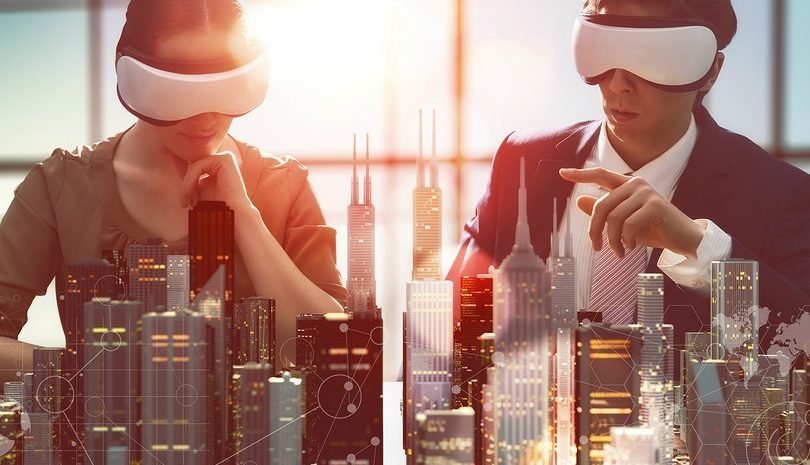Retail technology: what helps and what’s just hype?

The world of retail is set to change as we know it. What works today for retailers isn’t necessarily what will work tomorrow, and the retailers who stand to gain the most are the ones that are willing to recognise the way of the future and invest in adapting to it.
Casting a look back, the retail landscape has changed immensely in the last 10 years. With consumer behaviours changing, new technologies becoming more prevalent and the evolving mobile commerce landscape, it’s no surprise that the road to 2026 will present both new challenges and opportunities for retailers.
New Approach
The notion of a tradition linear shopping journey that all consumers follow is already fast disintegrating and by 2026 it will be completely outdated. With the proliferation of wearable devices, smart TVs, connected cars and appliances, and other emerging technologies, the consumer journey of the retail future will increasingly resemble a pretzel rather than a straight line. Twisting, turning and looping back on itself, the key to success for retailers in the coming years will be their ability to keep track of users across a growing number of devices and touch points, while also figuring out how to effectively measure which of these are most effective at driving sales.
Picking the right technology to embrace
We’re already living in a highly-connected environment, but by 2026, the majority of the world will be integrated into a hyper-connected, high-speed world where the Internet of Things will be a part of the everyday fabric of life. Expect machine-to-machine connections to make retail more efficient and effective, as well as transform buyer behaviour in all aspects of life with appliances like smart cars and driverless cars.
Even technology that seemed futuristic like artificial intelligence (AI) will be here sooner than we think. Already programs like Siri and Cortana are creating a personalised user experience in a range of daily activities, however the next 10 years will see the e-commerce industry turbocharged. These advanced AIs will create curated shopping experiences, providing digital assistants that are able to apply cognitive power to online shopping.
Augmented reality (AR), rather than virtual reality (VR) will have the greatest impact on the retail experience. AR has the ability to blur the boundaries between the physical and digital worlds and with it the boundaries between online and instore shopping. Allowing customers to take their online experience instore and try on apparel before purchase will assist shoppers in making the right decision in what they buy, as well as significantly lower returns on products. Last year, New Galaxy research found that Australians received more than $600 million worth of unwanted Christmas gifts. Taking into consideration the cost of returns, either through store credit or lost revenue, the impact on retailers is significant.
With the the ability to enhance the instore experience in dozens of different ways, AR has already begun to change the way high-end brands approach their showrooms and concepts, as most recently displayed by Burberry.
All hype
But not every technology will be the game changer that the hype makes it out to be. Wearables are growing more popular daily, but are somewhat limited in their ability to impact the m-commerce industry. Due to the inherent constraints of wearables, namely their size and the fact they are companion devices, they don’t yet have the potential of becoming a mass-market m-commerce platform in the like of smartphones.
3D printing is also surrounded by a certain aura these days, but the long term impact for retailers is minimal. While the technology will be able to craft highly personalised gifts and be used to create spare parts for complex products, the overall benefits and potential returns for the mainstream retail environment are so low that 3D printing represents a minimal role.
Paving the road to 2026
The winning retailers in 2026 will be those that understand that we need to look forward and embrace new technologies as they work their way into our lives more and more. The customer journey changes every year as more convenient technologies become more commonplace, so it is up to retail industry to change alongside it.
Pressy Sankaran is the ANZ Commercial Director of performance marketing company Criteo, which helps businesses increase ROI and drive conversions across devices.
Comment Manually
You must be logged in to post a comment.

No comments